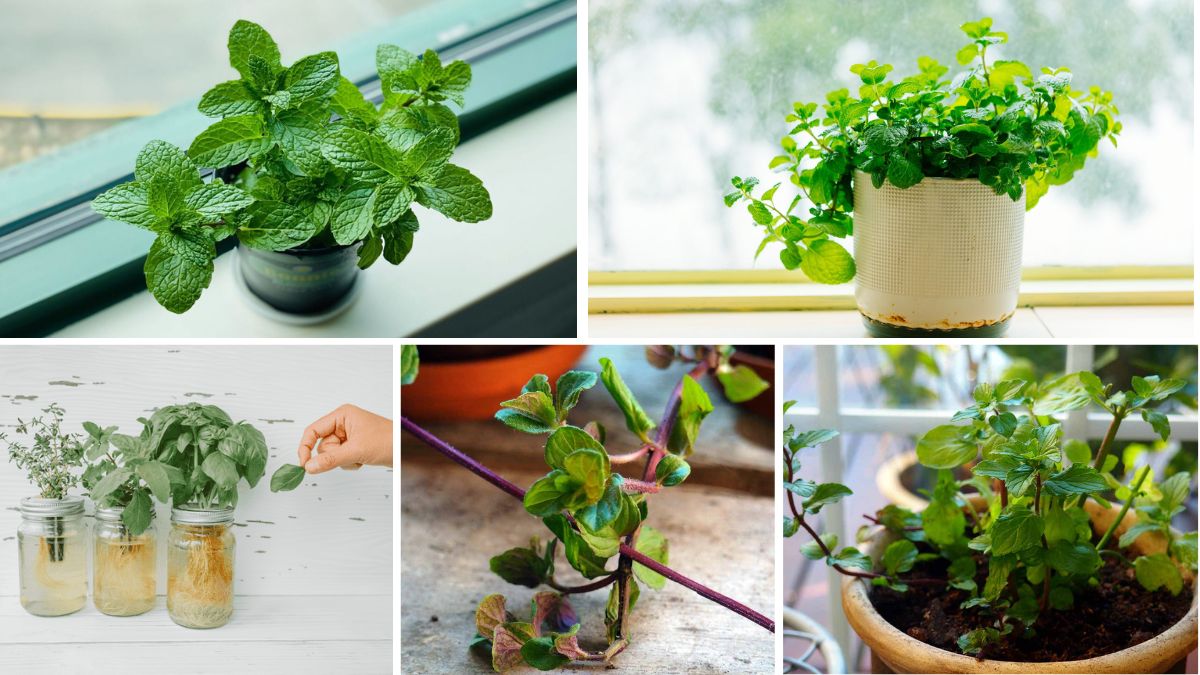Mint is one of the most popular herbs for indoor gardening due to its refreshing aroma, culinary versatility, and natural air-purifying properties. Traditionally grown in soil, mint can also thrive in water, making it ideal for small apartments, low-maintenance gardens, or kitchen windowsills. Growing mint in water reduces mess, limits pest problems, and allows gardeners to enjoy fresh leaves year-round. This article explores step-by-step methods to grow mint indoors using only water, ensuring lush, healthy plants and a continuous harvest.
Introduction to Water-Grown Mint
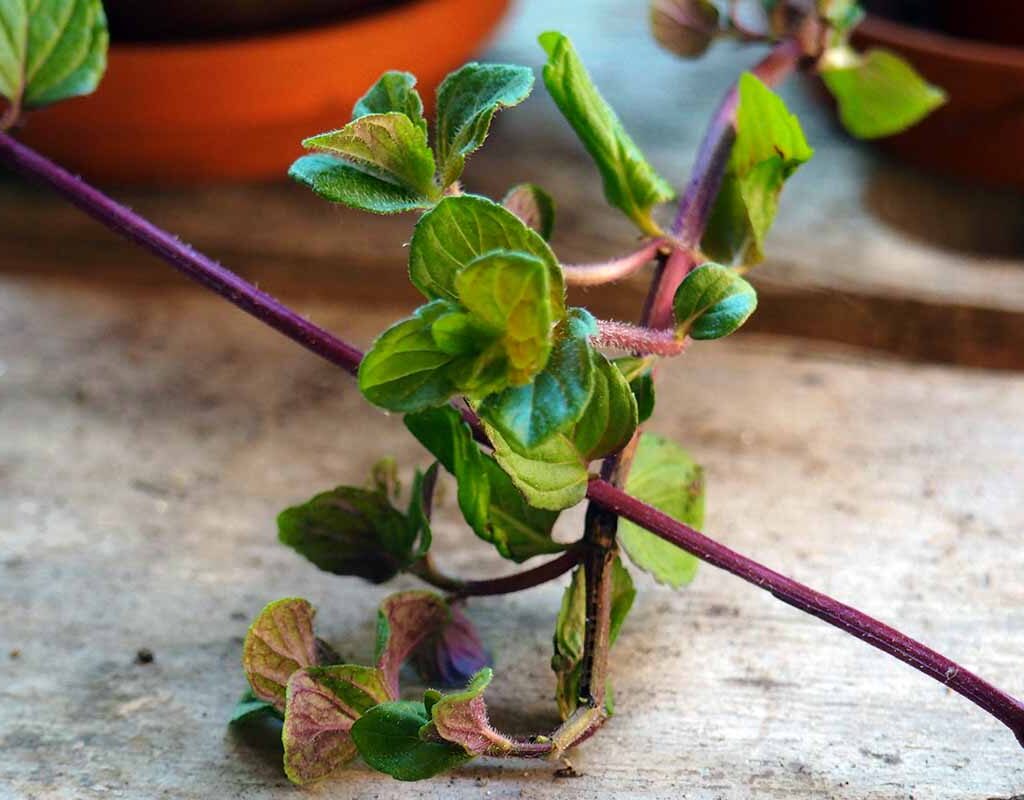
Water propagation, also called hydroponic propagation, is a simple and effective way to grow mint indoors. Mint is a hardy plant with a robust root system, making it highly adaptable to hydroponic environments. Growing mint in water involves placing cuttings or slips in water until roots develop, then maintaining them in a nutrient-rich water solution for continuous growth.
Benefits of growing mint in water include:
- Low maintenance and easy setup.
- Reduced risk of soil-borne pests and diseases.
- Portability, allowing placement near light sources.
- Continuous growth and easy propagation.
1. Selecting the Right Mint Variety
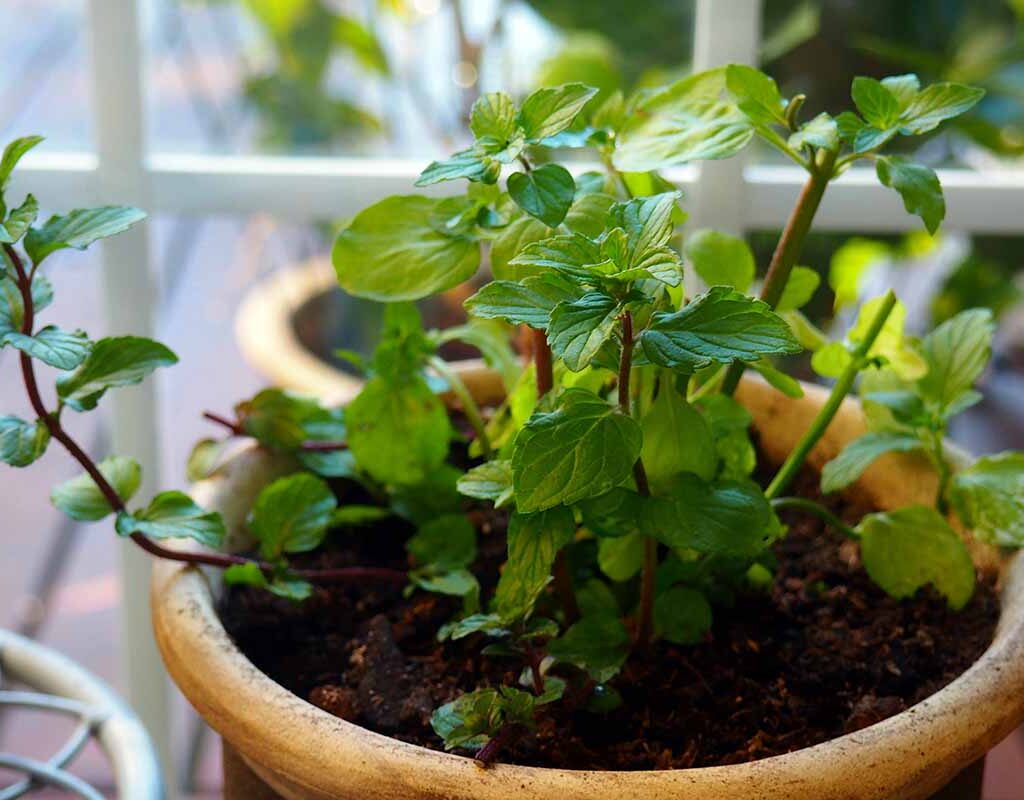
Choosing the right mint variety is the first step for a successful water garden. Popular mint varieties suitable for water propagation include:
- Spearmint: Mild flavor, ideal for teas and culinary dishes.
- Peppermint: Strong aroma and cooling taste, perfect for desserts and beverages.
- Chocolate Mint: Sweet, chocolatey scent, great for garnishing and indoor fragrance.
- Apple Mint: Mild fruity flavor, good for salads and refreshing drinks.
Tips:
- Start with healthy, disease-free cuttings from mature mint plants.
- Opt for varieties that grow quickly and are resilient in indoor environments.
2. Preparing Mint Cuttings for Water Growth
Healthy cuttings are essential for rapid root development and vigorous growth.
Steps:
- Cut 4–6 inch stems from a mature mint plant just below a leaf node.
- Remove leaves from the lower half of the stem to prevent rotting in water.
- Place the cutting in a glass or jar filled with clean water, ensuring leaf-free nodes are submerged.
Tips:
- Use sharp, sterilized scissors or pruning shears to avoid damaging the plant.
- Select cuttings with strong stems and vibrant leaves.
3. Choosing the Right Container
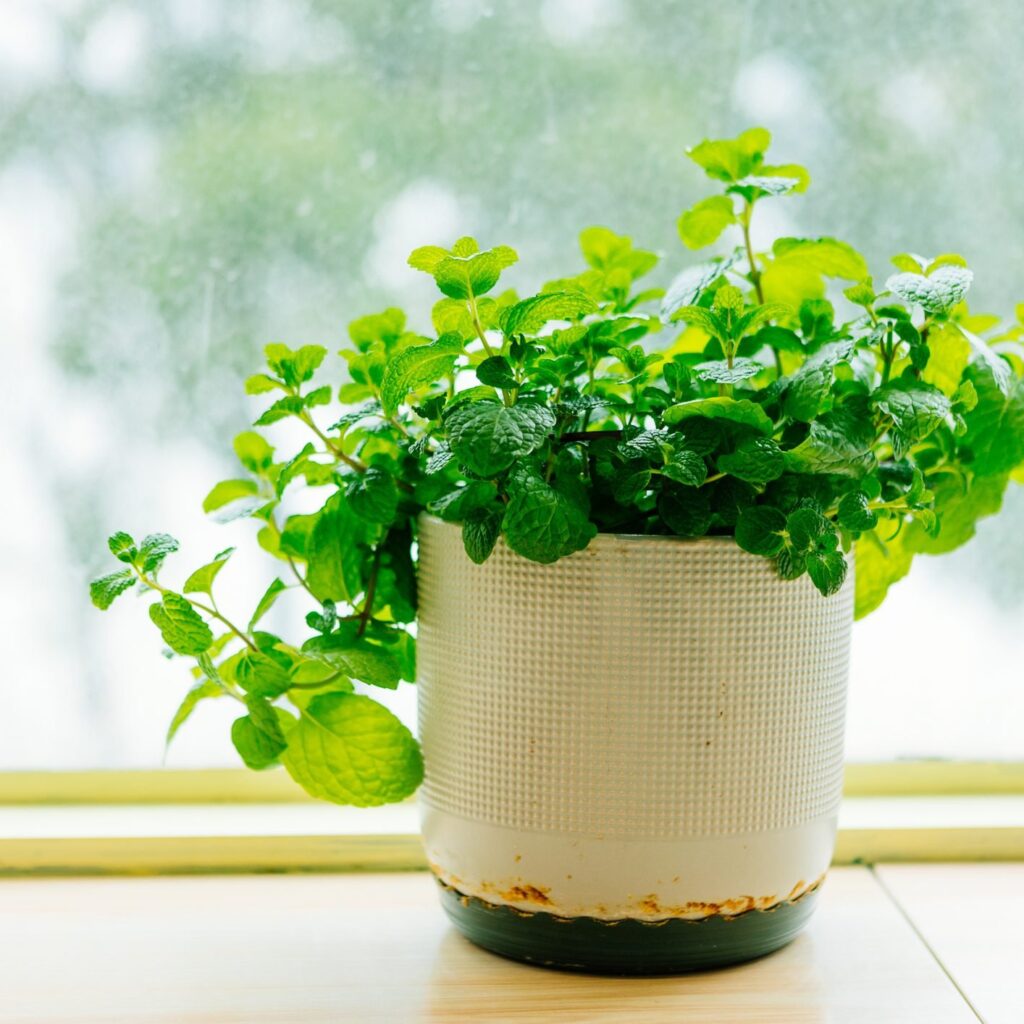
The container affects both growth and aesthetics in an indoor water garden.
Options:
- Clear glass jars or vases to monitor root growth.
- Decorative glass bottles for a visually appealing display.
- Small water pots or hydroponic containers for multiple cuttings.
Tips:
- Ensure containers are clean to prevent algae or bacterial growth.
- Use narrow-mouthed jars for single cuttings and wider jars for multiple stems.
4. Providing Adequate Light
Mint requires sufficient light for photosynthesis and healthy growth. Indoor light can be natural or supplemented with artificial sources.
Tips:
- Place mint near a bright window with indirect sunlight.
- Use fluorescent or LED grow lights if natural light is insufficient.
- Rotate containers weekly to ensure even light exposure.
Benefit: Proper light encourages lush foliage, faster growth, and strong roots.
5. Maintaining Water Quality
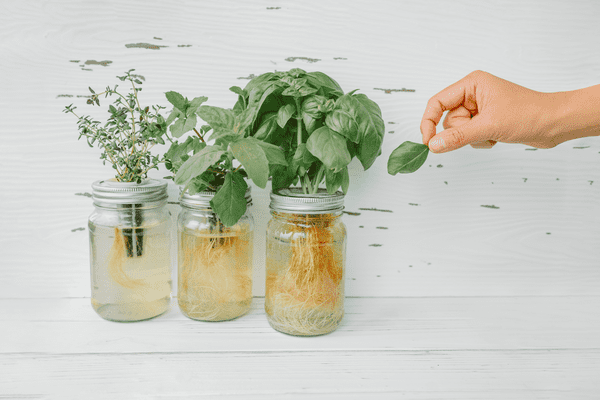
Water is the medium for nutrients and root development, so maintaining its quality is crucial.
Tips:
- Change water every 5–7 days to prevent stagnation and bacteria buildup.
- Use filtered or dechlorinated water to avoid chemical stress.
- Keep water at room temperature to promote healthy root growth.
Tip: Avoid deep water levels that may submerge stems excessively and encourage rot.
6. Adding Nutrients for Continuous Growth
While mint can survive in plain water for some time, nutrients are necessary for long-term growth and vigorous foliage.
Tips:
- Add a liquid hydroponic fertilizer diluted to half strength.
- Incorporate natural solutions like compost tea or diluted seaweed extract.
- Monitor plant health and adjust nutrient levels if leaves turn yellow or growth slows.
Importance: Proper nutrient supplementation ensures continuous leaf production and prevents stagnation.
7. Encouraging Strong Root Development
Root strength determines how well mint absorbs water and nutrients.
Tips:
- Keep cuttings in water until roots reach at least 2–3 inches before heavy leaf harvesting.
- Ensure the lower leaf nodes remain submerged for optimal root growth.
- Clean roots gently if they appear slimy or discolored, then refresh water.
Benefit: Healthy roots provide a steady supply of water and nutrients for larger leaves.
8. Pruning and Harvesting Mint
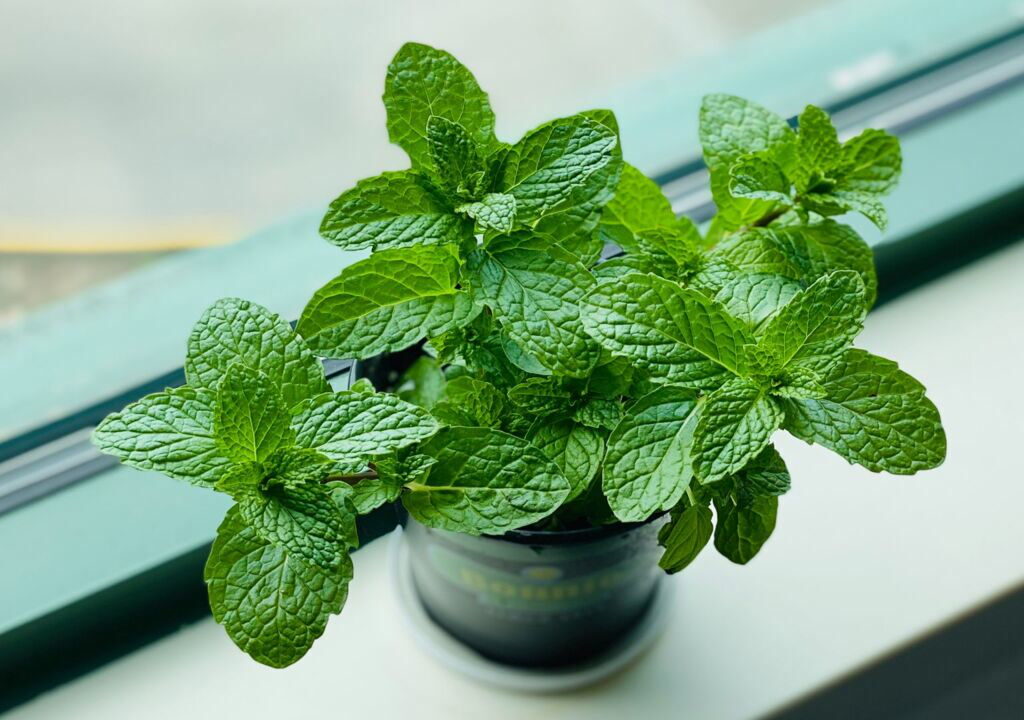
Regular pruning keeps mint bushy, prevents leggy growth, and increases yield.
Tips:
- Trim top leaves regularly to encourage branching.
- Harvest 2–3 inches from the tips without removing more than one-third of the plant at a time.
- Use fresh leaves for teas, garnishes, or culinary dishes immediately after harvesting.
Importance: Pruning promotes denser foliage and continuous growth.
9. Managing Indoor Conditions
Mint thrives in moderate indoor temperatures and humidity. Maintaining ideal conditions ensures maximum growth.
Tips:
- Keep indoor temperature between 65–75°F (18–24°C).
- Avoid placing mint near heating or cooling vents that cause stress.
- Mist leaves occasionally to increase humidity, especially in dry climates.
Benefit: Stable indoor conditions promote lush growth and prevent wilting or leaf discoloration.
10. Multiplying Mint Through Water Propagation
One of the advantages of water-based mint cultivation is easy propagation for expanding your indoor herb garden.
Steps:
- Take new cuttings from established mint stems.
- Place them in fresh water following the same preparation steps.
- Once roots form, they can remain in water or be transplanted into soil if desired.
Tips:
- Propagation ensures a continuous supply of mint for culinary and decorative use.
- Maintain multiple jars to stagger harvest and prevent depletion.
11. Troubleshooting Common Issues
Even in water, mint can encounter growth challenges.
Common Issues & Solutions:
- Yellow Leaves: Indicates overwatering, poor light, or nutrient deficiency. Adjust water and add nutrients.
- Root Rot: Remove affected parts, refresh water, and trim submerged leaves.
- Leggy Growth: Insufficient light; move mint closer to sunlight or add a grow light.
- Slow Growth: Check water quality, nutrient levels, and temperature.
Tip: Early detection and correction prevent long-term damage and ensure robust growth.
12. Decorating and Styling Indoor Mint Gardens
Growing mint in water is not only practical but also aesthetically pleasing.
Ideas:
- Use clear glass jars to showcase roots and create a modern kitchen display.
- Combine different mint varieties in one container for visual and aromatic diversity.
- Arrange multiple jars along a windowsill or tiered stand to maximize light and space.
- Add small pebbles or decorative stones at the bottom for added stability and visual appeal.
Benefit: Indoor water-grown mint gardens enhance décor while providing fresh herbs.
Conclusion
Growing mint indoors in just water is a simple, low-maintenance, and rewarding method of herb cultivation. By selecting healthy cuttings, providing adequate light, maintaining clean water, and supplying essential nutrients, gardeners can enjoy continuous harvests of lush, flavorful mint. Regular pruning, proper propagation, and attention to indoor conditions further enhance growth and yield.
In summary:
- Start with strong, disease-free mint cuttings.
- Use clear containers and change water regularly.
- Provide sufficient light and moderate indoor temperatures.
- Add nutrients for long-term growth.
- Harvest and propagate regularly to ensure continuous production.
Water-grown mint is perfect for urban dwellers, providing fresh herbs year-round, enhancing indoor aesthetics, and offering a practical solution for small-space gardening. With proper care, even beginners can enjoy abundant, aromatic mint right on their windowsill or kitchen counter.
